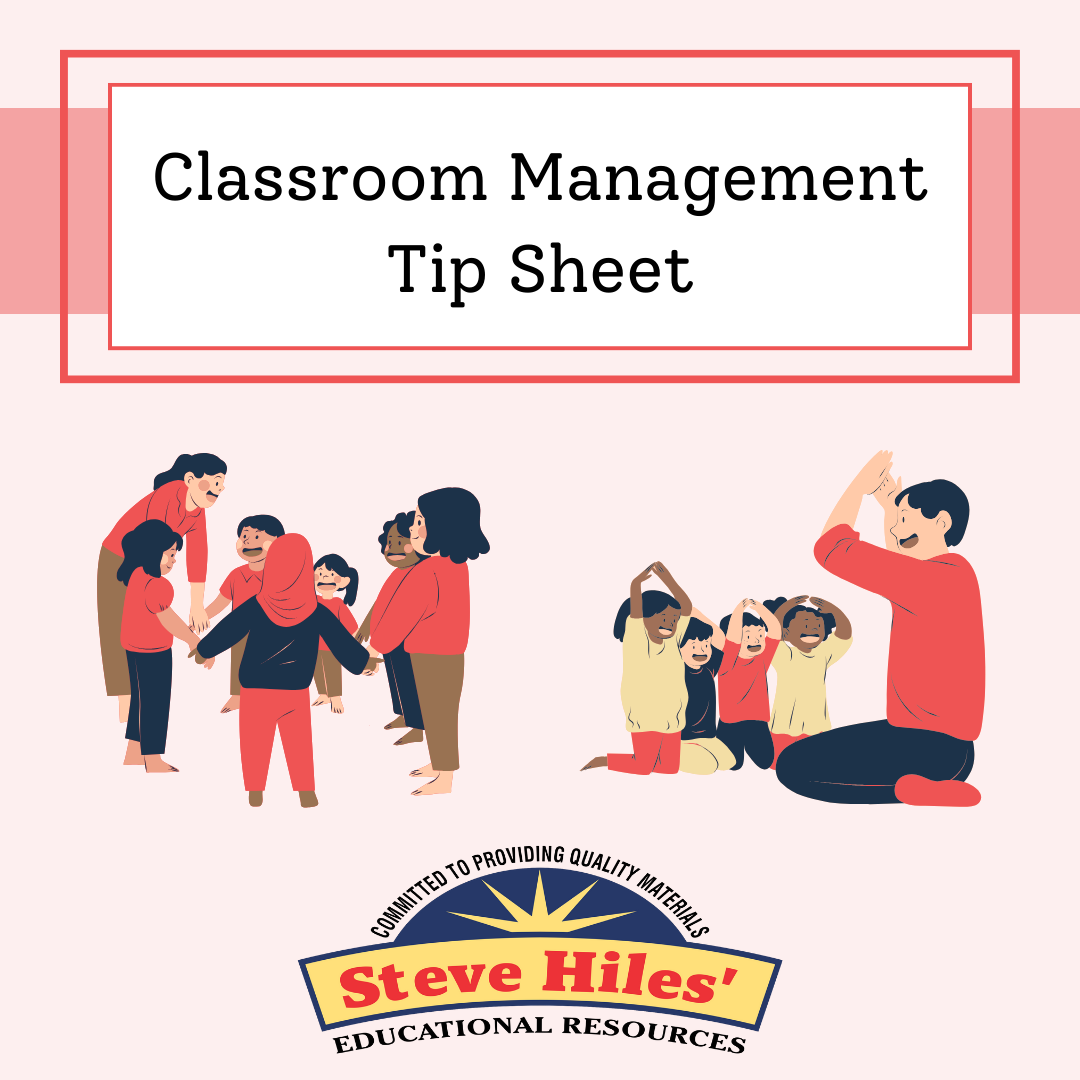Table of Contents
ToggleOpening Scene: My First Virtual Chaos
I still remember the first day of our big shift to online teaching. My coffee mug was warm in my hand, my slides looked polished, and I thought, “Okay, I’ve got this.”
Five minutes in, I didn’t.
Students were bouncing in and out of the Zoom room, someone had discovered the joy of the “mute/unmute” game, and a few brave souls were spamming the chat with emojis that ranged from harmless unicorns to… let’s just say questionable choices.
That was the moment I realized: virtual classroom behavior management is a beast all its own. And if I didn’t figure out strategies quickly, my students (and my sanity) would pay the price.
What Is Virtual Classroom Behavior Management (Really)?
When we say virtual classroom behavior management, we’re not just talking about stopping chat spammers or catching the kid who wanders off with their camera “off.”
It’s the whole system—your plan, your strategies, your ideas—that keeps a digital classroom running smoothly. Just like in a physical room, we need expectations, routines, and consequences. But the difference? Our classroom is now a grid of faces (or black squares), and our toolkit looks very different.
The Strategies That Saved Me (And My Sanity)
I tested more virtual classroom behavior management strategies than I care to admit. Some failed spectacularly (don’t ask about my “funny hat day” reward system). But here are the ones that actually worked:
1. Setting Norms Together
On Day One, instead of launching into content, I asked students:
- How do we want to treat each other online?
- What makes learning easier for you here?
They surprised me. One student suggested a rule about “no eating on camera” because it distracted them; another begged for a system where everyone got a fair chance to talk. We typed up our list, turned it into a colorful classroom behavior management chart, and kept it pinned at the top of our online platform.
2. The Power of the Waiting Room
At first, I hated locking the virtual room. It felt unfriendly. But I quickly learned that control of entry = control of energy. Letting students in only when I was ready cut down on early chaos.
3. Non-Verbal Check-Ins
Asking “Are you all good?” got me blank stares. But using Zoom’s reaction buttons—or a quick Google Form pulse check—gave me real data. Students could tell me, “I’m lost” or “I’m overwhelmed” with a single click.
4. Reward Systems That Actually Work Online
Tokens and stickers don’t translate. But what did?
- Music breaks – a 30-second student-chosen song.
- Virtual passes – homework passes delivered by email.
- Digital badges via a classroom behavior management app like ClassDojo.
5. Parent Partnerships
This one was tricky. Parents sometimes overheard our classes, which added a whole new layer. So I started sending weekly behavior highlights: not just problems, but little shoutouts. Suddenly, parents became allies instead of silent observers.
Crafting My Virtual Classroom Behavior Management Plan
If I could go back and hand my past self a guide, it would look something like this:
Step 1: Core Rules (Simple + Visual)
- Cameras on when possible.
- Respectful chat only.
- Mics muted unless called on.
I paired each with a silly doodle. Believe it or not, my “mute monster” drawing kept kids giggling instead of groaning.
Step 2: Clear Procedures
- Late arrivals go straight to the waiting room until the transition point.
- Questions? Drop a “?” in chat.
- Breakout room leaders rotate weekly.
Step 3: Consequence Ladder
- Private chat reminder.
- Short break in the waiting room.
- Parent email.
- Admin involvement.
No surprises. No inconsistencies.
Step 4: Positive Reinforcement
Every Friday, I highlighted a “Virtual Star”—someone who went above and beyond in showing respect, participation, or kindness.
Creative Virtual Classroom Behavior Management Ideas
Here’s the fun part: not every solution has to be serious. Some of my most successful ideas came from experimenting:
- Mystery Student: Each day I secretly chose a student. If they followed our norms, the whole class got a small reward.
- Behavior Bingo: Students filled digital bingo cards with positive actions like “helped a peer in chat.”
- Book Tie-Ins: We read snippets from classroom behavior management books and discussed what characters could teach us about online respect.
What Didn’t Work (Honest Confessions)
- Open mics all the time: My idealism drowned in a sea of background noise.
- “Cool prizes”: I mailed out a few, but shipping costs nearly broke me.
- Rigid rules: Students needed flexibility—sometimes cameras stayed off for very real reasons.
Resources That Kept Me Going
- Apps: ClassDojo, Flipgrid, and Google Classroom made tracking and rewards seamless.
- Articles & Blogs: Reading other teachers’ war stories (like the pieces on Edutopia) reassured me I wasn’t alone.
- Books: The Classroom Management Book by Wong & Wong gave me grounding ideas I adapted for online.
FAQ
Q1: What is virtual classroom behavior management?
It’s the system of rules, strategies, and routines that help teachers maintain order and respect in online learning spaces.
Q2: What are effective virtual classroom behavior management strategies?
Clear norms, engaging lessons, nonverbal check-ins, reward systems, and consistent consequences.
Q3: How do I create a virtual classroom behavior management plan?
Start with 3–5 simple rules, define procedures, set a consequence ladder, and add positive reinforcement.
Q4: What are some creative virtual classroom behavior management ideas?
Mystery student rewards, digital bingo, and online badges keep students motivated and involved.
Q5: Are there classroom behavior management apps that work online?
Yes—ClassDojo, Flipgrid, and Google Classroom are popular tools for tracking and rewarding student behavior.
Call to Action (CTA)
We’re all experimenting, failing, and finding what works. If you’ve tried a quirky idea, or if you’re struggling with a specific challenge, drop your thoughts in the comments—I’d love to swap stories over a virtual cup of coffee.









